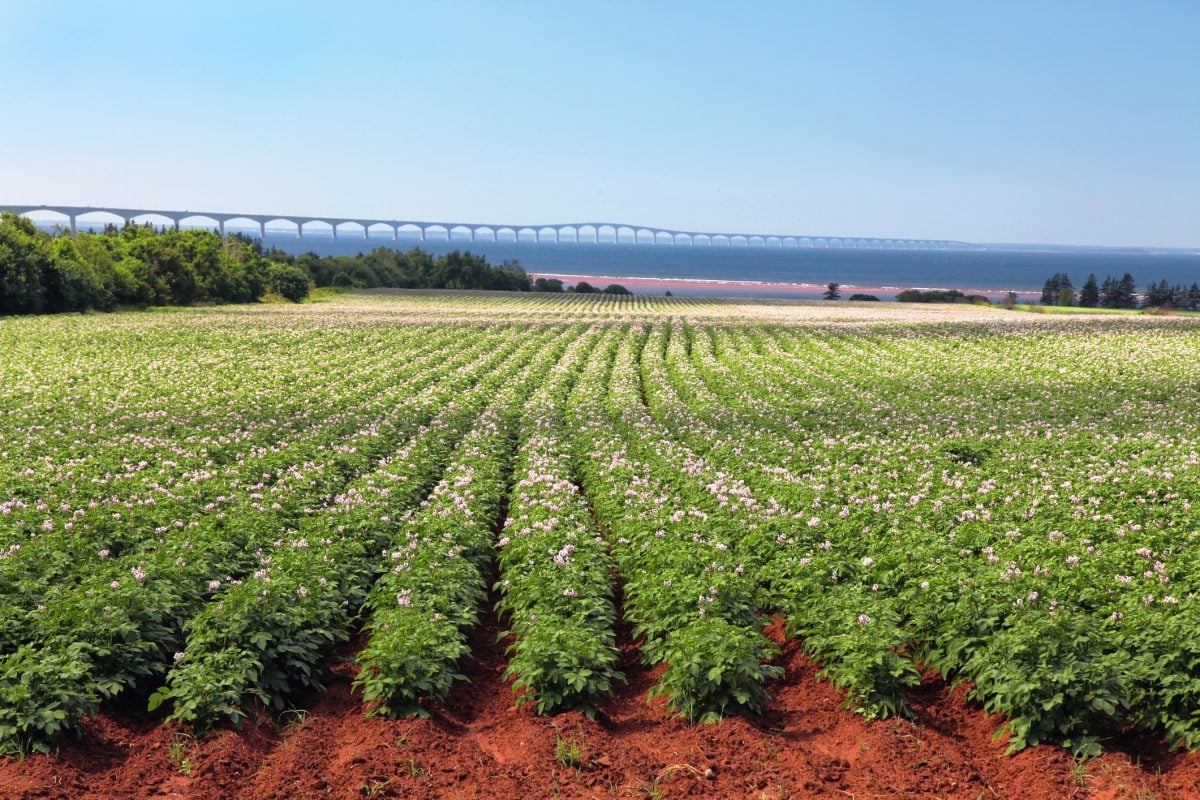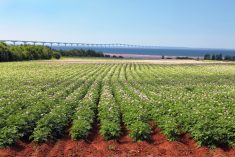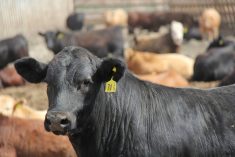Reuters — Western Canada spring wheat and durum yields this year look to fall from last year’s high levels, but the still bountiful production should offset some losses from flooded farms, leaders of a crop tour said on Thursday.
The inaugural Cereals North America Canadian crop tour pegged spring wheat yield potential in the region at 43.1 bushels per acre on average, the second-highest on record to last year’s 53 bushels.
Durum yields looked to reach 48.1 bushels per acre on average, which would be slightly below last year’s record-high 48.4 bushels.
Read Also

CFIA looks for feedback on proposed seed potato rule changes
The Canadian Food Inspection Agency is looking for public and industry input on proposed amendments to regulations around seed potatoes.
After excessive rains in June and July in western Manitoba and eastern Saskatchewan, many crops are developing more slowly than usual. To reach maturity, crops need the first killing frost, which usually occurs in the second week of September, to hold off as long as possible, said Bruce Burnett, weather and crop specialist at grain marketer CWB, which helped organize the tour.
“It looks like we will have decent yields, but we need a good frost-free period and most things will work out,” Burnett said, presenting the tour’s results.
That is a large wildcard in play for the eventual size of Canada’s 2014/15 crop, but an extended warm autumn was one of the big reasons for Canada’s record-large wheat and canola output a year ago.
The four-day tour covered most growing regions of Manitoba, Saskatchewan and Alberta, except for Alberta’s northern Peace region.
“For myself, the extent of the damage in the southwest was larger (than expected),” said Leif Carlson, crops analyst for the Manitoba government, who scouted that province and eastern Saskatchewan. “There are definitely (rural municipalities) in that area that will have extremely low production.”
If crops turn out large again in Canada, the world’s No. 6 wheat producer and biggest canola grower, the output adds to already big global crop supplies.
Combined world wheat, soybean and corn production looks to be record-large in 2014/15, with both corn and oilseed production setting individual all-time highs, said Dan Basse, principal of AgResource Company at a seminar to close the tour.
Burnett said canola had potential to yield 34.3 bushels per acre, down from last year’s record average of 40 bushels but in line with the long-term average yield. That is a CWB estimate, not based on calculations from the crop tour, since much canola was still flowering and difficult to assess, Burnett said.
Rod Nickel writes for Reuters news service in Winnipeg














